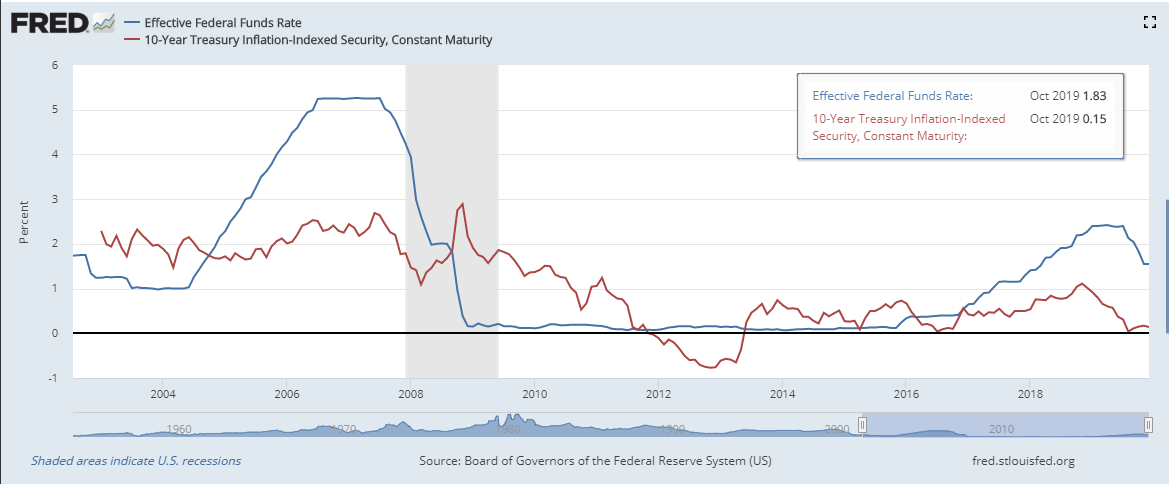“Despite mortgage rates being at multi-decade highs, the US housing market is once again on the rise. Although the lack of available homes and mortgage lock-in effects have received a lot of attention, Jonathan Millar, Director, Senior US Economist at Barclays Investment Bank, believes that high demand is a sign of an ageing population.
It’s not quite correct to say that an ageing population would demand fewer homes. According to research, older consumers want smaller homes but not fewer residences. The Barclays housing team argues that the current increase in baby boomers is largely to blame for the creation of more households, which pressures the housing market.
This is due to the fact that the population’s makeup has a significant impact on demand: “Being the head of a household generally increases with age, with the highest likelihood occurring beyond retirement age,” noted Millar.
As a result, more and more homes tend to develop as a growing portion of the population moves into older age groups. The economist continued, “This means that as a particular household head ages, the size of the family (in terms of individuals) tends to become smaller and smaller, with children moving out and couples splitting due to divorce or death.
But now is different from the senescent preceding generation. Due to their size, the baby boomer group is occupying more homes as they age than previous generations.
“Retired folks are always considerably more likely than people in their pre-retirement years to be the head of a household. This is due to the increased likelihood of a person in this age bracket being the sole breadwinner of the household, especially as they ultimately lose a life partner, Millar explained in an email to Yahoo Finance. The difference today is that this generation is significantly larger than the one that came before it, which implies that they have much higher housing needs.
As a result, there is less available inventory for the younger generation, particularly millennials who are approaching the age when they would start a new household and purchase a home.
“Despite notable increases in demand from the 35-44 cohort, almost all of [the] additional demand is explained by the ageing population, with significant increases in households in the 65-74 and 75+ groups,” concluded Millar.
The oldest boomers are 77 years old, while the youngest are 59 years old and have not yet retired. Boomers will eventually need “less housing” when this group matures, but it will take time for that to happen.
The retirement age (65+) cohort increased along the way, going from making up roughly 13% of the civilian population in 2010 to 16.5% in 2020, and it is anticipated to reach 20.5% by the end of this decade, according to Millar.
He continued, “Trends for the 75+ group are even starker, with the share predicted to increase from 6% in 2010 to 9.5% by the end of this decade, then well above 10% in the decades that follow.
There is, however, still good news for the younger generation.
According to Millar, who spoke to Yahoo Finance, “Unlike the boomer generation, the population in these younger age groups is not very substantial compared to what it has been over the previous few decades, signalling that the current dynamics of home demand may not remain in the future.
For buyers of homes, the housing shortage has continued to be a significant barrier. The inventory on the market has stagnated due to rising borrowing rates. The Federal Reserve’s relentless interest rate hikes, which have caused mortgage rates to reach a two-decade high, have made existing homeowners unwilling to sell because doing so would mean giving up a lower rate they had negotiated.
One of the things that drives the housing market is the creation of new families. It occurs when customers live on their own, starting a new household.
Younger adults make the journey as they leave home, college, and their parents. According to Barclays, the statistics available until 2022 demonstrate that household formation starts to increase around the age of 25, increases consistently, and peaks around retirement age and older.
According to Millar, “this reflects, among other things, the parenthood phase during prime age (25-54), the separation of adult children from the home, divorce, and the increased likelihood of eventually losing a life partner to death.”

